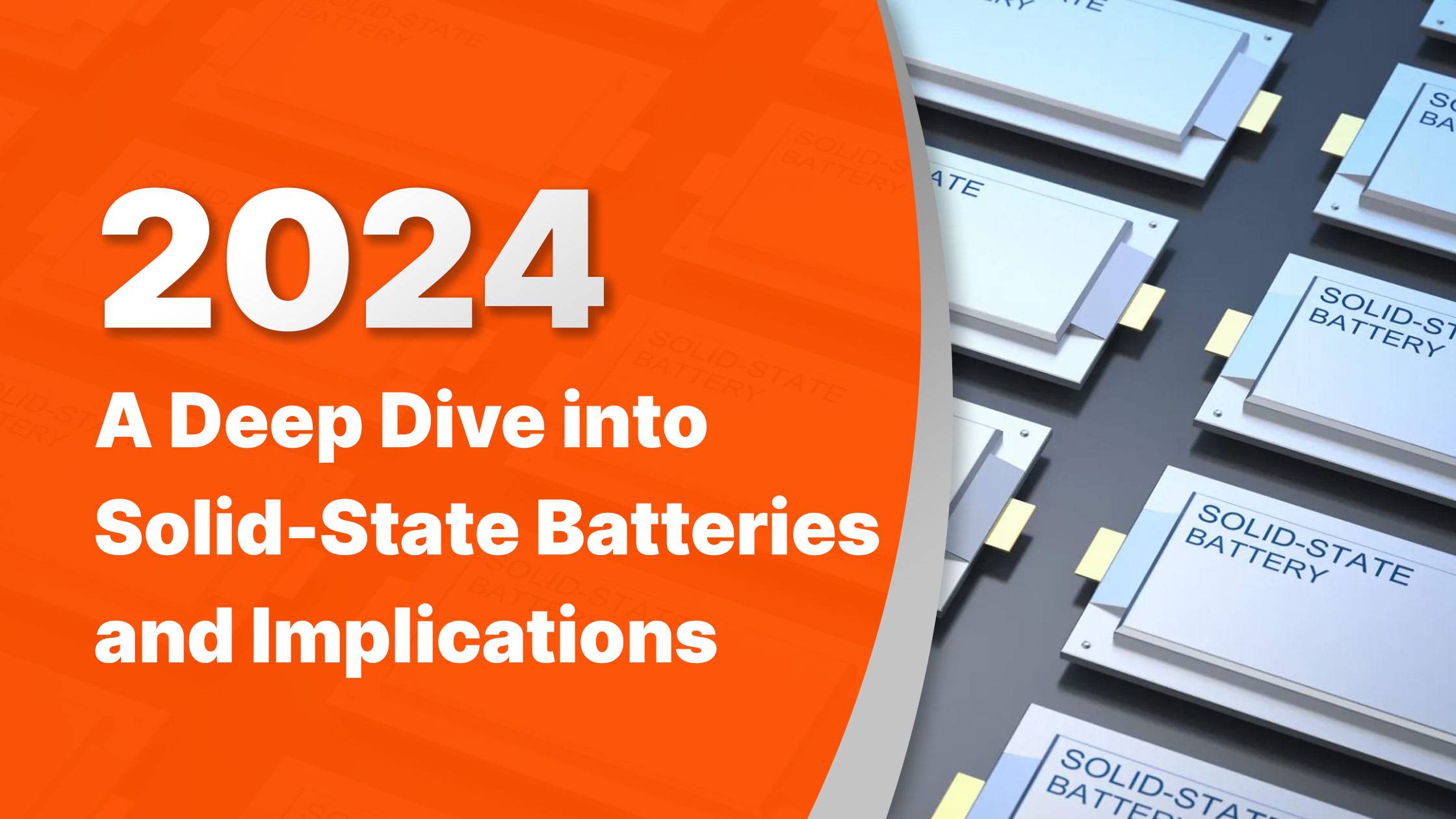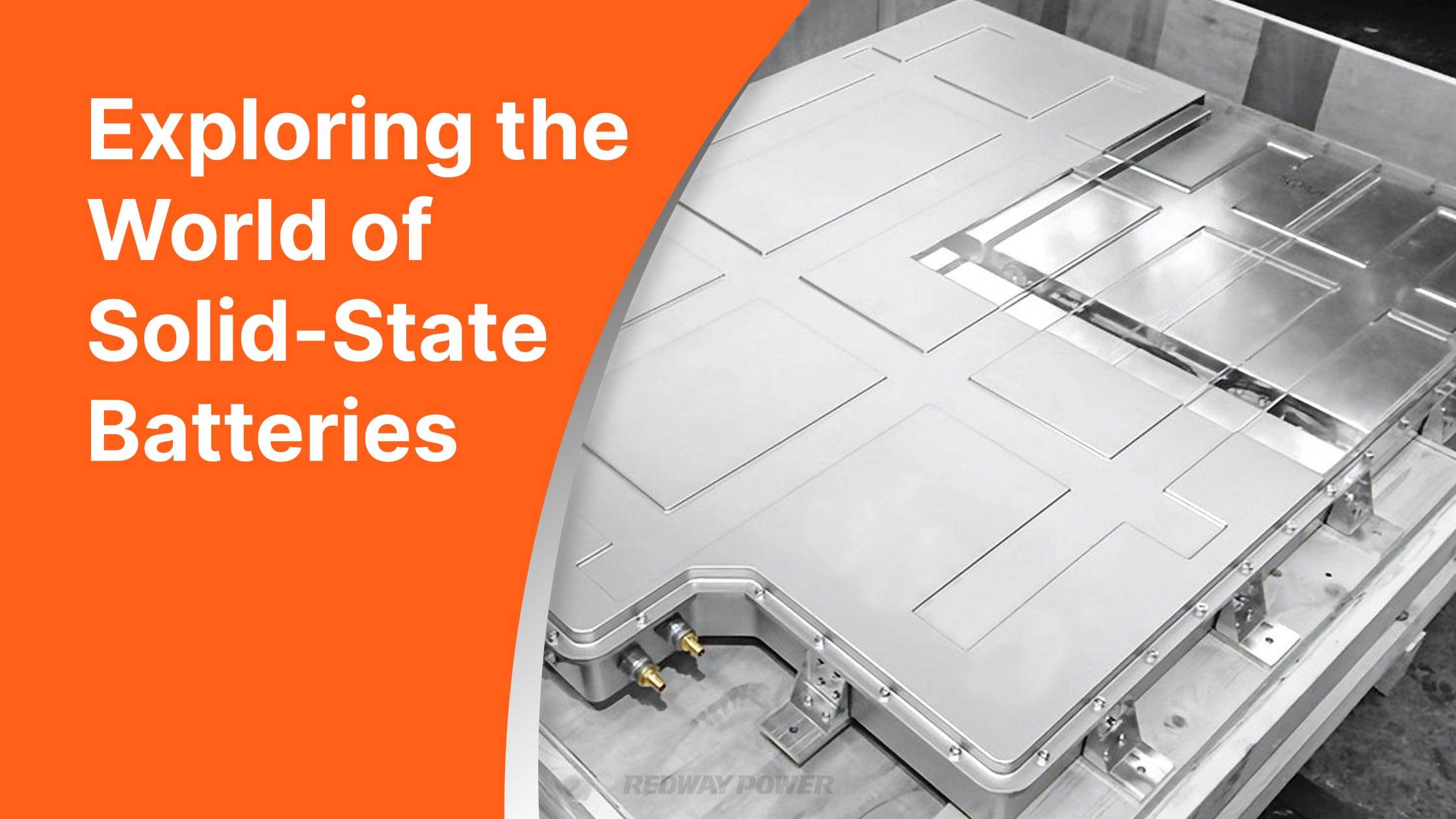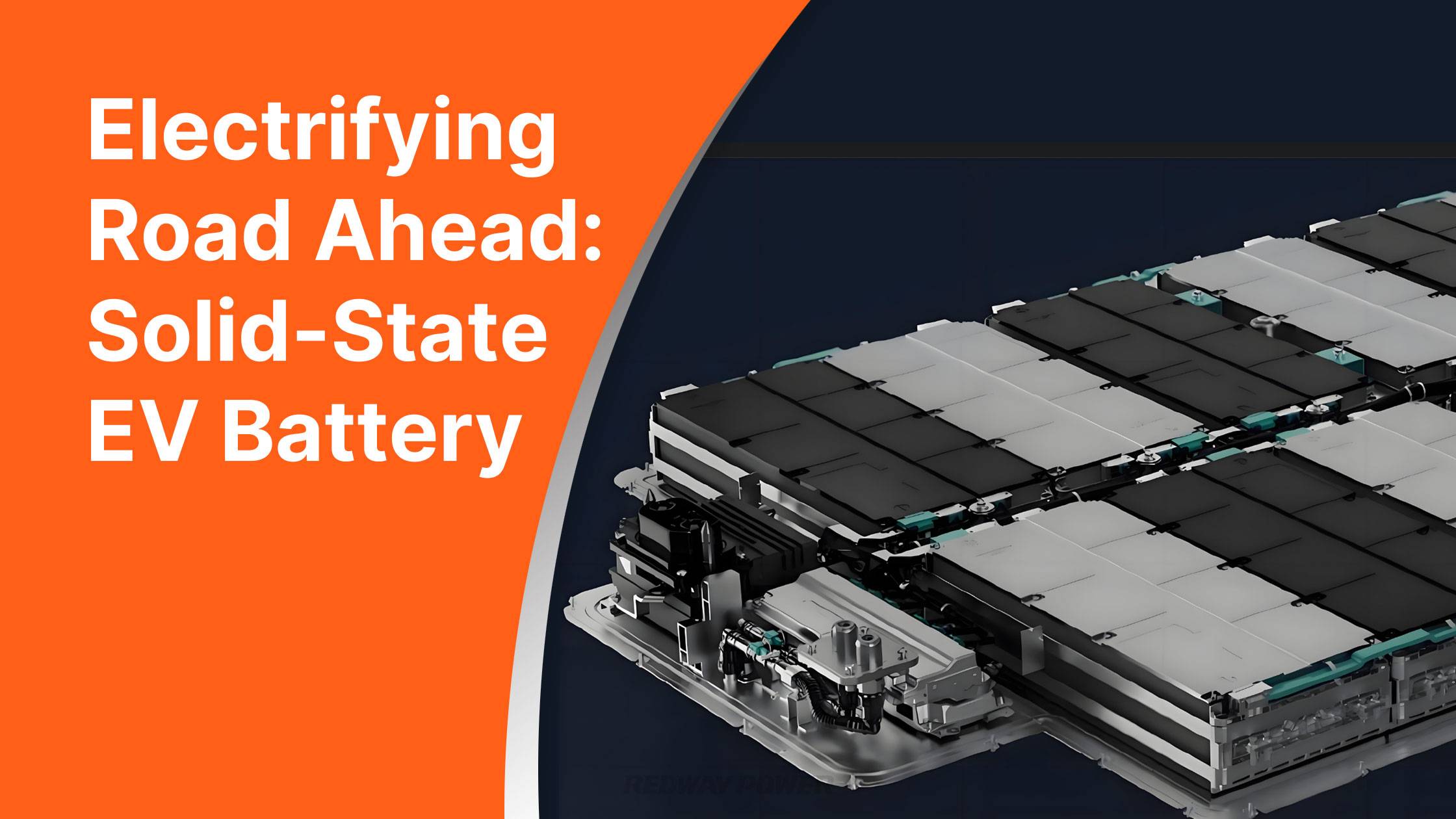- Forklift Lithium Battery
-
48V
- 48V 210Ah
- 48V 300Ah
- 48V 420Ah (949 x 349 x 569 mm)
- 48V 420Ah (950 x 421 x 450 mm)
- 48V 456Ah
- 48V 460Ah (830 x 630 x 590 mm)
- 48V 460Ah (950 x 421 x 450 mm)
- 48V 460Ah (800 x 630 x 600 mm)
- 48V 460Ah (820 x 660 x 470 mm)
- 48V 500Ah
- 48V 560Ah (810 x 630 x 600 mm)
- 48V 560Ah (950 x 592 x 450 mm)
- 48V 600Ah
- 48V 630Ah
-
48V
- Lithium Golf Cart Battery
- 12V Lithium Battery
12V 150Ah Lithium RV Battery
Bluetooth App | BCI Group 31
LiFePO4 Lithium
Discharge Temperature -20°C ~ 65°C
Fast Charger 14.6V 50A
Solar MPPT Charging - 24V Lithium Battery
- 36V Lithium Battery
- 48V Lithium Battery
-
48V LiFePO4 Battery
- 48V 50Ah
- 48V 50Ah (for Golf Carts)
- 48V 60Ah (8D)
- 48V 100Ah (8D)
- 48V 100Ah
- 48V 100Ah (Discharge 100A for Golf Carts)
- 48V 100Ah (Discharge 150A for Golf Carts)
- 48V 100Ah (Discharge 200A for Golf Carts)
- 48V 150Ah (for Golf Carts)
- 48V 160Ah (Discharge 100A for Golf Carts)
- 48V 160Ah (Discharge 160A for Golf Carts)
-
48V LiFePO4 Battery
- 60V Lithium Battery
-
60V LiFePO4 Battery
- 60V 20Ah
- 60V 30Ah
- 60V 50Ah
- 60V 50Ah (Small Size / Side Terminal)
- 60V 100Ah (for Electric Motocycle, Electric Scooter, LSV, AGV)
- 60V 100Ah (for Forklift, AGV, Electric Scooter, Sweeper)
- 60V 150Ah (E-Motocycle / E-Scooter / E-Tricycle / Tour LSV)
- 60V 200Ah (for Forklift, AGV, Electric Scooter, Sweeper)
-
60V LiFePO4 Battery
- 72V~96V Lithium Battery
- Rack-mounted Lithium Battery
- E-Bike Battery
- All-in-One Home-ESS
- Wall-mount Battery ESS
-
Home-ESS Lithium Battery PowerWall
- 24V 100Ah 2.4kWh PW24100-S PowerWall
- 48V 50Ah 2.4kWh PW4850-S PowerWall
- 48V 50Ah 2.56kWh PW5150-S PowerWall
- 48V 100Ah 5.12kWh PW51100-F PowerWall (IP65)
- 48V 100Ah 5.12kWh PW51100-S PowerWall
- 48V 100Ah 5.12kWh PW51100-H PowerWall
- 48V 200Ah 10kWh PW51200-H PowerWall
- 48V 300Ah 15kWh PW51300-H PowerWall
PowerWall 51.2V 100Ah LiFePO4 Lithium Battery
Highly popular in Asia and Eastern Europe.
CE Certification | Home-ESS -
Home-ESS Lithium Battery PowerWall
- Portable Power Stations
What Are Solid-State Batteries and Their Implications in 2024?

Solid-state batteries represent a significant advancement in energy storage technology, promising higher energy density, improved safety, and longer lifespans compared to traditional lithium-ion batteries. As we move into 2024, the implications of this technology for electric vehicles (EVs) and consumer electronics are becoming increasingly clear, with many companies racing to bring these innovative solutions to market.
What are solid-state batteries and how do they work?
Solid-state batteries utilize a solid electrolyte instead of the liquid or gel electrolytes found in conventional lithium-ion batteries. This design allows for a more stable chemical structure, reducing risks associated with flammability and enhancing energy density. During charging, lithium ions move from the cathode through the solid electrolyte to the anode, and during discharge, this process reverses.Chart: Working Principle of Solid-State Batteries
| Process | Charging | Discharging |
|---|---|---|
| Ion Movement | Lithium ions move to anode | Lithium ions move back to cathode |
| Electrolyte Type | Solid electrolyte | Solid electrolyte |
What are the advantages of solid-state batteries over traditional lithium-ion batteries?
Solid-state batteries offer several key advantages:
- Higher Energy Density: They can store more energy in a smaller volume, which is crucial for applications like electric vehicles.
- Improved Safety: The absence of flammable liquid electrolytes reduces fire risks.
- Longer Lifespan: They typically endure more charge-discharge cycles than lithium-ion counterparts.
Chart: Advantages Comparison
| Advantage | Solid-State Batteries | Lithium-Ion Batteries |
|---|---|---|
| Energy Density | Higher (up to 400 Wh/kg) | Lower (around 250 Wh/kg) |
| Safety | Significantly safer | Risk of thermal runaway |
| Lifespan | Up to 10,000 cycles | 1,500 – 2,000 cycles |
What challenges do solid-state batteries face in development and commercialization?
Despite their potential, solid-state batteries face several challenges:
- Manufacturing Complexity: Producing solid electrolytes and integrating them into cells is technically demanding.
- Cost Issues: The materials and processes involved can be expensive, impacting overall affordability.
- Material Limitations: Finding suitable materials that provide high ionic conductivity while maintaining stability remains a challenge.
What are the key benefits of solid-state battery technology for consumers?
For consumers, the benefits include:
- Longer Driving Ranges: Higher energy density translates into longer ranges for electric vehicles.
- Faster Charging Times: Many designs allow for quicker charging without compromising safety.
- Enhanced Durability: Greater cycle life means fewer replacements over time.
How do solid-state batteries compare to lithium-ion batteries in terms of performance?
In terms of performance:
- Energy Density: Solid-state batteries can achieve significantly higher energy densities than traditional lithium-ion.
- Temperature Stability: They perform better under extreme temperatures without risk of failure.
- Charge/Discharge Rates: They can handle faster charge and discharge rates effectively.
Chart: Performance Comparison
| Metric | Solid-State Batteries | Lithium-Ion Batteries |
|---|---|---|
| Energy Density | Up to 400 Wh/kg | About 250 Wh/kg |
| Temperature Stability | Better performance at extremes | Limited by thermal management needs |
| Charge/Discharge Rates | Faster capabilities | Standard rates |
What innovations are driving solid-state battery development in 2024?
Recent innovations include:
- Advanced Materials: Research into new solid electrolytes that enhance ionic conductivity.
- Manufacturing Techniques: Improved methods for producing consistent and reliable battery cells.
- Integration with EV Technology: Collaborations between automakers and battery manufacturers to develop tailored solutions.
Why is safety a major concern with current battery technologies?
Safety concerns primarily stem from:
- Flammability Risks: Liquid electrolytes used in lithium-ion batteries can ignite under certain conditions.
- Thermal Runaway: A failure mode where increased temperature leads to further reactions, potentially causing fires or explosions.
- Regulatory Scrutiny: Increasing regulations around battery safety necessitate improvements in design and materials.
What is the current state of solid-state battery research and development?
As of 2024, significant progress has been made in R&D for solid-state batteries:
- Prototypes Under Testing: Many companies have developed prototypes that demonstrate improved performance metrics.
- Investment Growth: Increased funding from both public and private sectors supports ongoing research efforts.
- Partnerships Forming: Collaborations between tech companies and automotive manufacturers aim to accelerate commercialization.
How close are we to commercialization of solid-state batteries?
Commercialization is on the horizon but still faces hurdles:
- Expected Launch Dates: Some manufacturers aim for commercial products by late 2027 or early 2028.
- Ongoing Trials: Continuous testing is needed to ensure reliability and safety before mass production can begin.
What are the future prospects for solid-state batteries in electric vehicles?
The future looks promising:
- Increased Adoption Rates: As technology matures, more EV manufacturers may adopt solid-state solutions.
- Enhanced Consumer Acceptance: Improved safety features and performance metrics could lead to broader consumer acceptance.
- Regulatory Support: Favorable regulations may encourage faster integration into mainstream automotive markets.
Why are companies investing heavily in solid-state technology?
Companies recognize that:
- Market Demand: The growing demand for safer, more efficient energy storage solutions drives investment.
- Competitive Advantage: Early adoption could position companies as leaders in the evolving battery market.
- Sustainability Goals: Aligning with global sustainability initiatives makes investment appealing from both economic and ethical perspectives.
Industrial News
The landscape for battery technology continues to shift dramatically as industries focus on developing advanced solutions like solid-state batteries. Recent reports indicate that major automotive manufacturers such as Toyota and Honda are ramping up efforts to bring these technologies to market by targeting commercial production within the next few years. Innovations surrounding materials science and manufacturing processes promise enhanced safety and performance metrics that could revolutionize electric vehicles.
Redway Power Insights
“Solid-state battery technology represents a transformative leap forward in energy storage,” states an industry expert. “With ongoing advancements addressing both performance and safety concerns, we anticipate seeing these systems integrated into everyday applications sooner than expected.”















